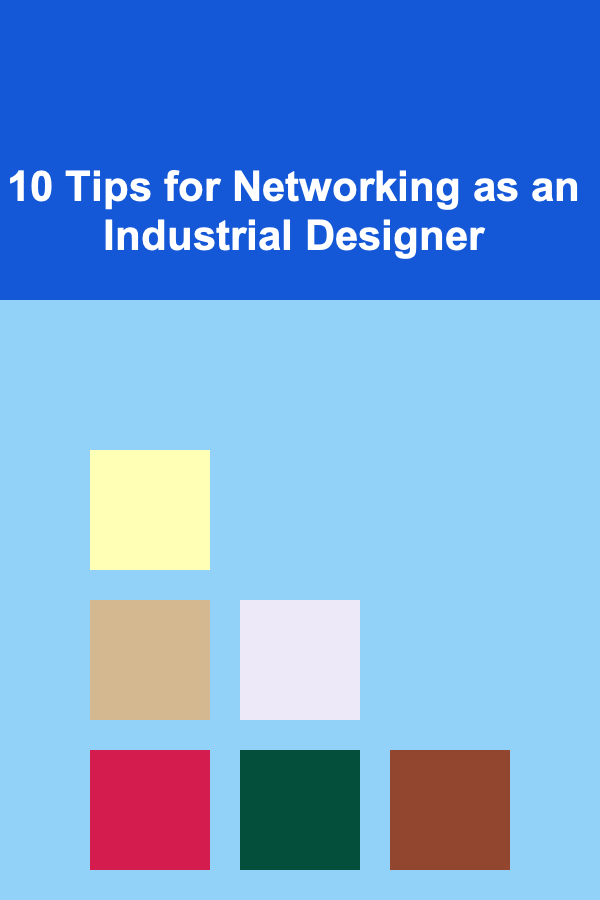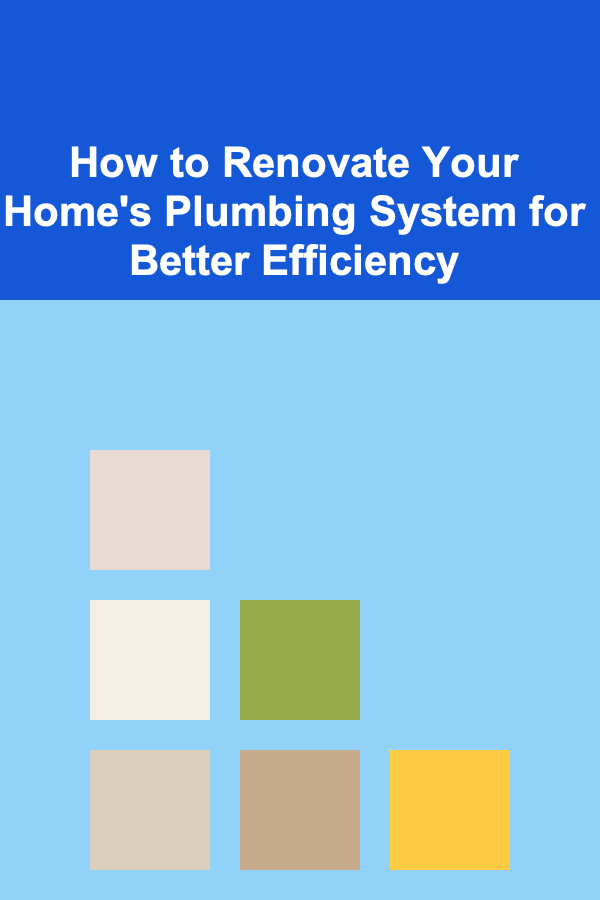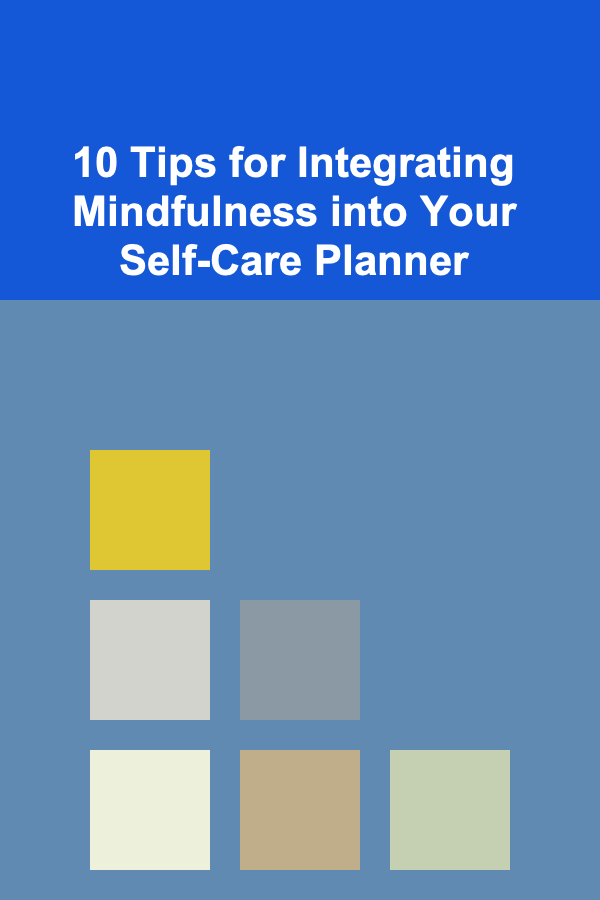
10 Tips for Networking as an Industrial Designer
ebook include PDF & Audio bundle (Micro Guide)
$12.99$9.99
Limited Time Offer! Order within the next:

Networking is a critical component of success in any profession, but for industrial designers, building a strong professional network can be the key to unlocking new opportunities, collaborations, and career advancement. Whether you're a student just entering the field, an experienced designer seeking new projects, or an entrepreneur looking to expand your business, networking allows you to make valuable connections that can propel your career forward.
In the field of industrial design, networking isn't just about exchanging business cards or making LinkedIn connections; it's about building genuine relationships that can lead to mentorship, partnerships, job opportunities, and collaborations. However, for many, the idea of networking can be daunting---especially when it seems like an intimidating or superficial activity. The key to successful networking lies in adopting a strategic, authentic, and value-driven approach.
In this article, we'll discuss 10 effective tips to help industrial designers network successfully, emphasizing the importance of building meaningful connections, staying active within the industry, and leveraging both online and offline platforms.
Understand the Power of Networking in Industrial Design
Before diving into specific strategies, it's important to understand why networking is crucial for industrial designers. Unlike many other professions, industrial design operates in a highly collaborative environment. Whether you're working on a product design, developing new materials, or creating prototypes, you're often part of a larger team that includes engineers, marketers, manufacturers, and business professionals.
By building a robust network, you position yourself to:
- Access new job opportunities: Many positions in industrial design are filled through referrals, and networking can help you get noticed by the right people.
- Find mentors and collaborators: Successful industrial designers often work closely with other creative professionals, and a strong network provides a pool of potential collaborators.
- Stay informed about industry trends: Networking allows you to stay updated on the latest design trends, tools, technologies, and market demands.
- Expand your skill set: The more people you meet in your field, the more you'll learn about different areas of industrial design, and the better you can expand your knowledge base.
Networking isn't just a one-time event---it's an ongoing process that can shape the trajectory of your career over time. With that in mind, here are 10 tips that will help you build and maintain a network that supports your growth as an industrial designer.
Attend Industry Events and Conferences
One of the best ways to network as an industrial designer is to attend industry-specific events such as design conferences, trade shows, workshops, and seminars. These gatherings bring together professionals, designers, manufacturers, and companies from across the globe, providing a fertile ground for making meaningful connections.
Why it works:
- Exposure to key figures: You'll meet industry leaders, influencers, and potential employers who can help you advance your career.
- Hands-on experience: Many events feature product exhibitions, design demonstrations, and workshops that allow you to showcase your skills, learn new ones, and establish your credibility as a designer.
- In-person connections: While online networking is valuable, face-to-face interactions at these events help establish a deeper rapport and trust.
What to do:
- Prepare your elevator pitch: Have a short, impactful introduction ready that highlights your expertise and interests. Be succinct but memorable.
- Bring business cards or portfolio samples: While digital networking is useful, traditional business cards and a physical portfolio can leave a lasting impression.
- Follow up: After an event, send a personalized email or LinkedIn message to those you met to keep the conversation going.
Some notable industrial design conferences include the International Contemporary Furniture Fair (ICFF), the Industrial Designers Society of America (IDSA) conference, and Milan Design Week. These events offer ample networking opportunities that could lead to collaborations or job offers.
Leverage Online Platforms and Social Media
In today's digital age, social media platforms and online communities are powerful networking tools for industrial designers. Platforms such as LinkedIn, Instagram, Behance, and Dribbble allow you to connect with professionals worldwide, showcase your work, and engage with others in your field.
Why it works:
- Wider reach: Social media allows you to connect with individuals and companies beyond your geographic location, expanding your network globally.
- Build your personal brand: Consistently posting your work, thoughts on design trends, and industry insights helps you position yourself as a thought leader in your niche.
- Engage with communities: Platforms like Reddit and Facebook have design-focused groups where you can exchange ideas, ask for feedback, and share resources.
What to do:
- Post consistently: Share your latest projects, sketches, design concepts, and finished products to showcase your skills and attract attention from potential employers or collaborators.
- Engage actively: Comment on and share others' posts, participate in discussions, and offer constructive feedback. This helps you get noticed and fosters genuine relationships.
- Join design-specific groups: Participating in groups or forums related to industrial design will help you stay informed, meet like-minded professionals, and foster meaningful conversations.
While online platforms may not replace face-to-face networking, they offer an excellent way to maintain visibility, learn from others, and stay connected between events.
Collaborate with Other Creatives
Networking as an industrial designer is not just about meeting people who could offer you a job or project. It's also about forming mutually beneficial relationships with other creatives. Collaborating with professionals from related fields---such as graphic designers, architects, engineers, and even artists---can open new avenues for your work.
Why it works:
- Diverse perspectives: Collaboration fosters cross-pollination of ideas, allowing you to experiment with innovative solutions and learn new skills.
- Access to a broader network: Collaborating with other creatives introduces you to their networks, thus expanding your reach.
- Showcase versatility: Working with professionals from different fields can demonstrate your flexibility and adaptability as a designer.
What to do:
- Join collaborative design projects: Look for open calls for collaborations or pitch your ideas to design firms or independent professionals.
- Reach out to other creatives: Don't be afraid to introduce yourself to professionals from complementary fields and propose collaboration on a specific project.
- Host design workshops or events: Organizing your own events or workshops is another excellent way to connect with other creatives and expand your network.
Whether you're designing a product that needs graphic packaging, working on user interface designs, or creating environmental designs, collaborating with other creatives allows you to broaden your horizons and improve your work.
Offer Value Before Asking for Anything
Networking shouldn't feel transactional. One of the best ways to build authentic relationships is to offer value to others before asking for anything in return. When you approach networking with a mindset of generosity, you're more likely to build trust and long-term partnerships.
Why it works:
- Builds goodwill: When you help others without expecting anything immediately, you gain their trust and goodwill.
- Strengthens relationships: People are more inclined to help those who have helped them or provided value in some way.
- Reputation enhancement: Offering value strengthens your reputation as a thoughtful, collaborative, and proactive professional.
What to do:
- Share useful resources: If you come across an article, tool, or resource that could benefit someone in your network, share it.
- Provide feedback: Offer constructive feedback on someone's design or project, especially if you see an area for improvement. This shows you're invested in their success.
- Mentorship: If you're an experienced designer, offer mentorship to younger or less experienced professionals. It's a great way to build long-term connections and create a positive impact on the community.
Utilize Design Competitions
Participating in design competitions is a highly effective way to meet other industrial designers, gain exposure, and build your network. Whether it's a local design contest or a prestigious international competition, these events attract professionals from all over the world.
Why it works:
- Get noticed: Winning or even participating in a well-known competition can provide valuable visibility and recognition.
- Networking with judges and peers: Competitions often feature industry leaders as judges, providing you with the opportunity to connect with influential figures.
- Expand your portfolio: Winning or showcasing your work in a competition helps strengthen your portfolio and makes you more attractive to potential employers.
What to do:
- Research relevant competitions: Keep an eye out for design challenges that align with your expertise and interests. Popular platforms like Red Dot and Core77 host high-profile design contests.
- Engage with the community: During and after competitions, interact with fellow participants and judges through social media, emails, or events.
- Follow up with connections: After the competition, reach out to individuals you connected with to maintain the relationship.
Competitions provide a platform for you to showcase your creativity and also establish valuable professional relationships.
Be an Active Member of Professional Associations
Being a member of a professional organization such as the Industrial Designers Society of America (IDSA) or the International Council of Societies of Industrial Design (ICSID) gives you access to valuable networking resources. These associations offer regular events, webinars, and opportunities to meet fellow designers and industry professionals.
Why it works:
- Structured networking: Professional organizations often have formal networking events, conferences, and job boards tailored specifically to industrial designers.
- Credibility: Being a member of an established organization adds credibility to your profile and helps you gain trust within the community.
- Career development: Many associations offer training programs, career services, and resources that help advance your skills and employability.
What to do:
- Attend association events: Participate in annual conferences, webinars, and regional events hosted by professional organizations.
Reading More From Our Other Websites
- [Personal Finance Management 101] How to Make a Plan for Paying Off Student Loans
- [Personal Care Tips 101] How to Apply Shaving Cream for Shaving Your Face: Men's Tips
- [Horseback Riding Tip 101] Best Ways to Introduce a Young Foal to Groundwork Without Stress
- [Home Budget Decorating 101] How to Craft DIY Furniture: Building Beautiful Pieces on a Budget
- [Home Storage Solution 101] How to Maximize Kitchen Storage with Creative Solutions
- [Personal Care Tips 101] How to Identify Your Personal Care "Love Language" and Prioritize It
- [Home Storage Solution 101] How to Maximize Storage for Kids' Books Without Compromising Style
- [Personal Care Tips 101] How to Make Aftershave a Part of Your Daily Grooming Routine
- [Metal Stamping Tip 101] Top 5 Must-Have Features in Modern Metal Stamping Machines for High-Precision Production
- [Soap Making Tip 101] Essential Soap-Making Tools Every Beginner Should Own

How to Mix High-End and Budget Decor Pieces: A Guide to Creating a Stylish Home on Any Budget
Read More
How to Renovate Your Home's Plumbing System for Better Efficiency
Read More
How to Scale Your Side Hustle for Greater Wealth and Freedom
Read More
How to Manage Screen Time Effectively
Read More
How to Grade and Value Your Precious Moments Figurines
Read More
10 Tips for Integrating Mindfulness into Your Self-Care Planner
Read MoreOther Products

How to Mix High-End and Budget Decor Pieces: A Guide to Creating a Stylish Home on Any Budget
Read More
How to Renovate Your Home's Plumbing System for Better Efficiency
Read More
How to Scale Your Side Hustle for Greater Wealth and Freedom
Read More
How to Manage Screen Time Effectively
Read More
How to Grade and Value Your Precious Moments Figurines
Read More